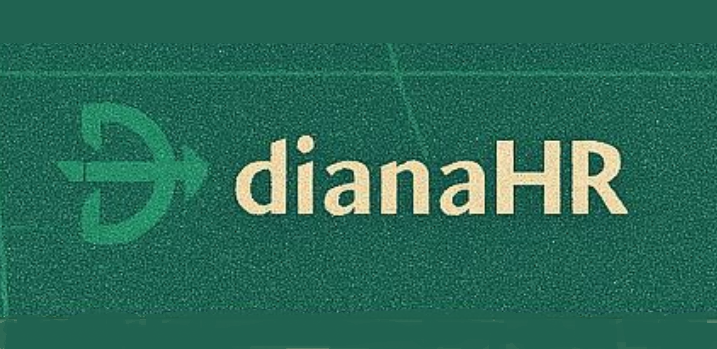In the June 2020 issue, my column Do You Have a Clear Tax Vision? addressed tax software innovations in around a dozen categories. Many of you have just finished the unusual tax season of 2020 with the COVID-19 pandemic extended personal tax deadline of July 15 just behind us. You may have just barely decompressed before preparing to head into extensions.
These extended and compressed seasons will make it harder to select and implement strategic technology this year. Throughout the years, I have emphasized the importance of team member experience and of client experience. For us to do tax in the most effective way possible, our tax document automation has to be right.
So, What Is the Right Tax Document Automation?
Many pundits and advisors to the profession suggest the same strategies to all their clients and are very consistent in their messaging and presentations. While I want you to be consistent in your firm, I’m far from a one-size-fits-all recommender. The goal of each column is to give you two, three, or more ideas that you can apply to your practice. Plus, I recognize that not every idea fits you or for that matter is a “good one.” I do try to eliminate ideas and products that I consider blatantly bad.
When it comes to tax document automation, there is some low-hanging fruit that most firms have reviewed, considered, and adopted, while later abandoning the adoption because the technology didn’t provide the benefit expected. This benefit could be reduced costs, less time invested, ease of use, providing a service not available with any other tools and more. It is hard to believe that automated 1040 workpaper products for tax compliance source documents are over 15 years old!
What are your firm’s tax compliance document issues, and how can you address them? Consider these issues with software solutions named in my June column (www.CPAPracticeAdvisor.com/21137397) :
- Personal Tax source documents (and entry) – 1040 workpaper products
- Business Tax source documents (and entry) – Audit tools and trial balance tools
- Inefficiency internally – workflow software, scheduling software, Six Sigma process optimization
- Gathering client documents of all types – Prepared by Client (PBC) software, which has grown to almost 20 options in four years!
- Portals to deliver final work products – Standalone, integrated with practice management, or integrated with document management
- eSignature products – to gather client signatures where permissible, such as completing 8879’s
- Review tools – to optimize valuable reviewer, senior and partner time
Note that I’m not trying to name products in the prior list, but rather categories of inefficiencies in your tax practice. The most heart-breaking report this season was from a firm who was all paper based, that had no remote access, and was locked out of their firm for 60 days. The work simply piled up and the tax professionals had a once in a lifetime holiday during tax season.
Unfortunately, they didn’t really get to vacation anywhere. Another firm had to send clerical staff in to scan client documentation, and this team was fearful of contracting COVID-19 from their commute or from each other while they were in the office. (BTW, that did happen in more than one firm.) You see, there are other issues to consider to make your tax department work effectively. And while most firms do pull together to complete tax seasons year after year, perhaps partners could make the situation more livable for everyone involved. Consider this list
- The ability to work remotely as if you are in the office
- Computer hardware that is fast and reliable
- Scanning paper documents in the office and at home if needed
- Multiple monitors of the right size for efficiency
- Having the right level of staff handling the right returns or work
- Scheduling time so team members can comfortably participate in family events
- Providing really good and healthy meals (not pizza!) on a regular basis
- And many more
Please ask yourself what are the key problems my team faces and what can be done to address the issues?
And What Tools Are Most Effective, Provide the Highest ROI, or Are Easy to Miss?
I’m sticking with my June column tax software recommendations, but the lack of other supporting tools continues to bother me. For example, we’ll discuss document management and portals more next month. Other tax tools to consider include:
- Business Trial Balance software with OnPoint PCR, CCH Axcess Financial Prep, or Tallyfor
- 1040 Workpapers with CCH Scan with Autoflow, Doc-It, GruntWorx Populate, SurePrep 1040Scan, or Thomson Reuters Source Document Processing
- Workflow with XCM, CCH Axcess Workstream, or FirmFlow
- Scheduling with ProStaff, WSG Empire Resource, or XCM
- PBC document gathering with CCH Axcess Client Collaboration, Citrix ShareFile, Doc-It Connect (or their whole Suite), or Thomson Reuters Onvio
- And more
You can choose all the software solutions you’d like, but if you aren’t stepping up to identify and manage operational problems in your tax department, which could include uncontrollable partners, all the technology in the world won’t make you more efficient.
Decide the Right Thing for You, Your Firm, and Your Clients!
What experience do you want your team members to have? What experience do you want your clients to have? Tax compliance is still commonly 40-80% of firm revenue. What are you doing to protect and improve your tax department?
While we discuss many technologies and service alternatives for CPA firms, we recognized just how critical tax remains as a service and a revenue stream today. What have you done to improve your tax operations lately?
Thanks for reading CPA Practice Advisor!
Subscribe Already registered? Log In
Need more information? Read the FAQs
Tags: Hardware





